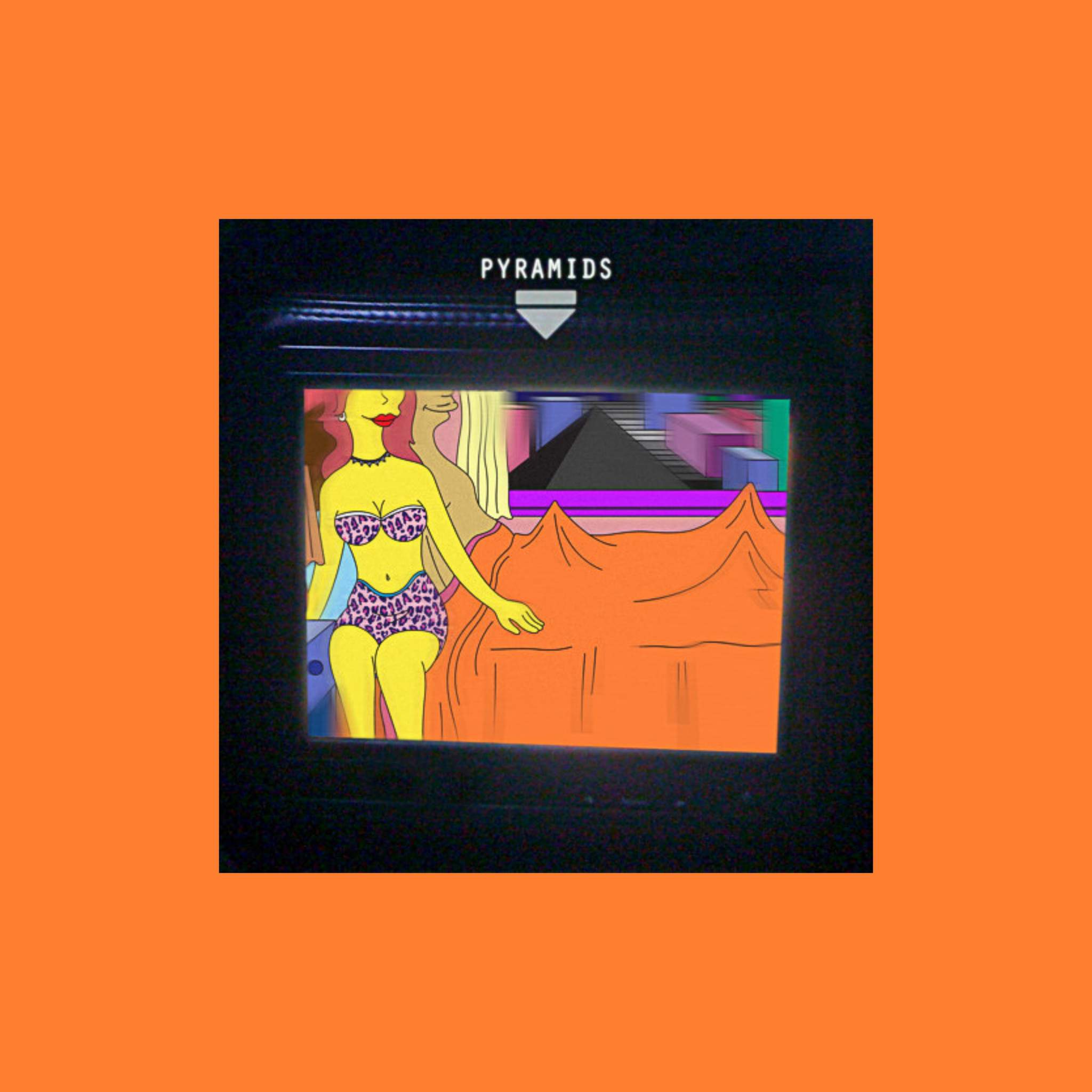

In the 1960s, the archaeologist Luis Alvarez (a Nobel Prize winner famous for postulating that dinosaurs went extinct because of an asteroid impact) took a muon detector to the pyramid of Khafre at Giza. Cosmic ray muons have actually been used for quite a long time (since the 1950s) in archaeology-even at Egypt’s pyramids.

As far back as 1986, we were using noninvasive microgravimetry technologies on these same pyramids to measure the density of the materials inside and create models of the structures’ interiors as recently as 2000, researchers returned with ground-penetrating radar analyses. In fact, archaeology’s been so proactive about using advanced scanning technologies that the field has actually made contributions to the realm of physics (rather than just acting as a late adopter of physics’ toolkit). Measuring the characteristics of muons passing through an object gives us a sense of the density within, revealing possible cavities within a structure.Īrchaeologists have long used all sorts of crazy scanners to peer beneath the earth and within tombs without ever breaking ground. Hundreds of times heavier than electrons, but similarly tiny, they have a neat ability to penetrate even the densest materials, although they tend to slow down a bit as they do. But what’s really getting everyone’s attention is a plan to explore the pyramids by measuring something called cosmic ray muons-a seemingly crazy technology that makes this sound like an unprecedentedly inventive endeavor, allowing us to model the deepest interior contours of the pyramids without ever needing to touch them.Īlthough cosmic ray muons might sound exotic, they’re actually a common, elementary form of particle, constantly raining from the skies onto Earth. The arsenal the researchers will bring with them is dizzying, including things like drones kitted out with radiography and thermal imaging scanners. Endorsed by the Egyptian Ministry of Antiquities and officially helmed by Cairo University and the Heritage Innovation Preservation Institute, the initiative, dubbed the ScanPyramids Project, will cover the Bent and Red pyramids at the Dashur necropolis and the famous Khafre and Khufu pyramids at Giza (with brief detours to investigate the tomb of King Tutankhamen). In a snazzy video released in October, a group of Canadian, Egyptian, French, and Japanese researchers announced an initiative to probe the secrets of the Egyptian pyramids using a vast array of impressive, space-age-sounding technologies. Image by Nina Aldin Thune via Wikimedia Commons Khufu’s Pyramid, the last of the “seven wonders of the ancient world” still standing.


 0 kommentar(er)
0 kommentar(er)
